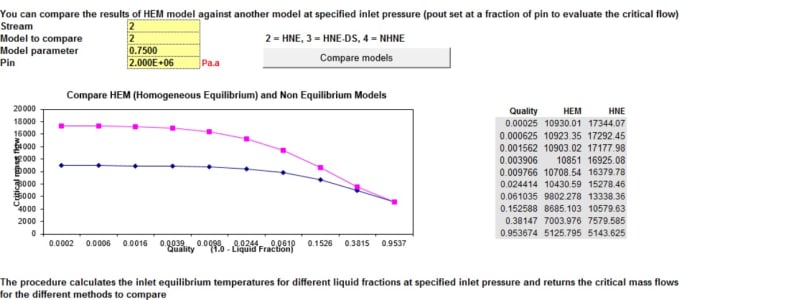phoenixmoca
Chemical
- Apr 10, 2013
- 28
Hi, evergone.
When I read a reference material about two-phase flow PSV sizing the term of nozzle length arises several times. It comfuses me a lot to understand the paper very well.
Woulde you like to take a detailed explanation on the term?
Thank you in advance.
When I read a reference material about two-phase flow PSV sizing the term of nozzle length arises several times. It comfuses me a lot to understand the paper very well.
Woulde you like to take a detailed explanation on the term?
Thank you in advance.

